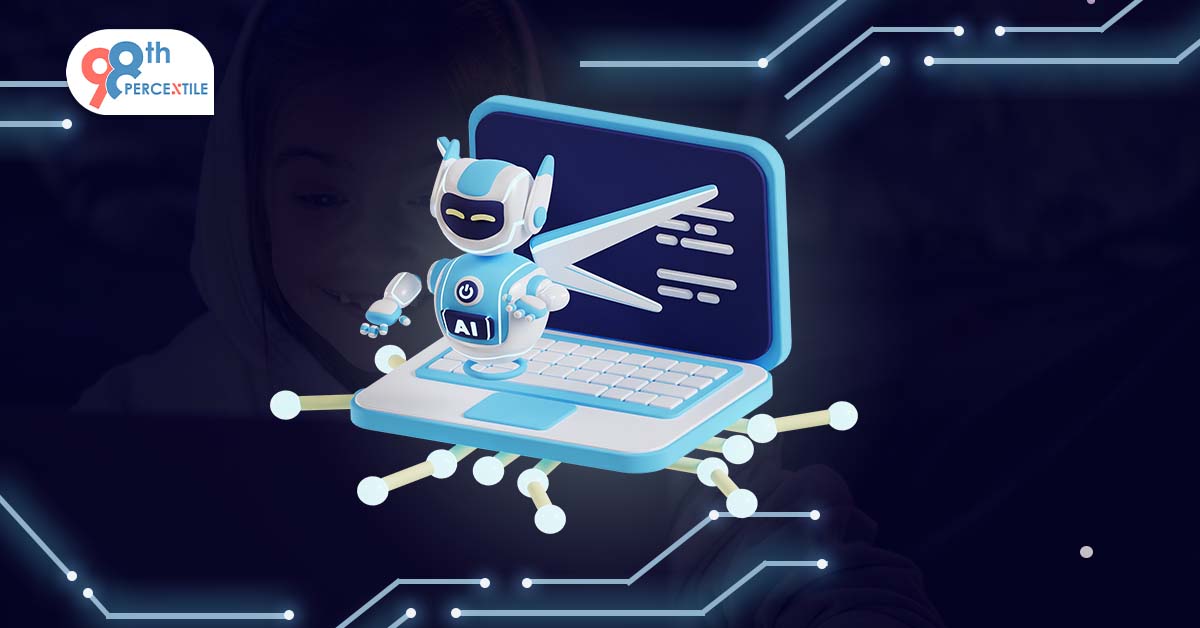The intersection of coding and robotics in education represents a dynamic and engaging approach to learning that prepares students for a future dominated by technology. Robotics education, integrated with coding, not only captivates the imagination of young learners but also equips them with critical thinking, problem-solving, and technical skills that are indispensable in the 21st century. This blend of disciplines encourages students to apply theoretical knowledge in practical, real-world situations, making learning both relevant and exciting.
Coding serves as the backbone of robotics, transforming abstract concepts into tangible outcomes. By learning to program, students can command robots to perform complex tasks, from navigating mazes to solving real-world problems. This hands-on experience in robotics education fosters an environment of innovation and creativity, enabling students to see the immediate impact of their coding skills. Let's delve into how coding is revolutionizing robotics education and why it's becoming an essential element in schools worldwide.
Importance of Coding in Robotics
Coding is the language that brings robots to life. Without it, robots are merely static pieces of hardware. Coding allows students to communicate with robots, instructing them on how to interact with their environment. This interaction introduces learners to the fundamentals of software engineering, computational thinking, and the logic behind mechanical operations.
Begin Your Child's Coding Adventure Now!
Benefits of Integrating Coding and Robotics in Education
Integrating coding and robotics into educational curricula offers numerous benefits:
- Enhances Problem-Solving Skills: Students learn to troubleshoot and solve complex problems through trial and error.
- Promotes Creativity and Innovation: Encourages students to think outside the box and develop unique solutions.
- Improves Teamwork and Collaboration: Robotics projects often require working in teams, fostering communication and collaboration skills.
- Prepares Students for the Future: Equips learners with skills relevant to the evolving tech-driven job market.
Key Skills Developed Through Robotics Coding
Through the process of coding robots, students develop a variety of essential skills:
- Computational Thinking: Breaking down complex problems into manageable parts.
- Programming Skills: Learning syntax and logic of programming languages like Python or Scratch.
- Engineering Principles: Understanding the basics of mechanical design and electronics.
- Digital Literacy: Navigating and understanding the digital world more effectively.
Implementing Robotics Coding in the Classroom
Incorporating robotics coding into the classroom involves:
- Starting with Simple Projects: Begin with basic projects that teach fundamental coding concepts.
- Using Kid-Friendly Programming Languages: Languages like Scratch are designed for young learners, making coding more accessible.
- Encouraging Collaboration: Group projects can help students learn from each other and develop teamwork skills.
- Integrating Curriculum Subjects: Apply coding and robotics to teach mathematics, science, and engineering principles.
.jpg?width=1200&height=628&name=2%20(5).jpg)
Project Ideas to Inspire Young Coders
- Maze Navigators: Program a robot to navigate through a maze.
- Environmental Clean-Up Robots: Design robots that can identify and pick up trash.
- Automated Plant Watering System: Create a robot that waters plants based on soil moisture levels.
FAQs (Frequently Asked Questions)
Q.1: Is coding necessary for robotics?
Answer: Yes, coding is essential for controlling and programming robots.
Q.2: At what age should children start learning robotics coding?
Answer: Children as young as 7 can begin with simple coding concepts and robotics kits.
Q.3: How does robotics coding benefit future careers?
Answer: It provides a foundation in STEM fields, critical thinking, and problem-solving skills highly valued in various industries.
Q.4: Can robotics coding be self-taught?
Answer: Absolutely, with a plethora of online resources and kits available, motivated learners can teach themselves.
Q.5: Are there competitions for robotics coding?
Answer: Yes, competitions like FIRST Robotics and VEX Robotics offer students the chance to showcase their skills.
Book 2-Week Coding Trial Classes Now!
The integration of coding and robotics in education is more than just a trend; it's a transformative approach that enriches learning and equips students with the skills needed for the future. By bridging theoretical knowledge with practical application, students gain a deeper understanding of technology and its potential to solve real-world problems. As we look toward a future where technology continues to evolve, the role of coding in robotics education will undoubtedly become increasingly significant, laying the groundwork for the next generation of innovators and problem solvers.

 Students/Staff
Students/Staff Parents
Parents ElevatEd
ElevatEd



-Nov-18-2025-03-57-47-3267-AM.png?width=360&length=360&name=401x226%20(6)-Nov-18-2025-03-57-47-3267-AM.png)



-Jul-22-2025-03-16-52-8797-AM.png?width=360&length=360&name=401x226%20(6)-Jul-22-2025-03-16-52-8797-AM.png)






